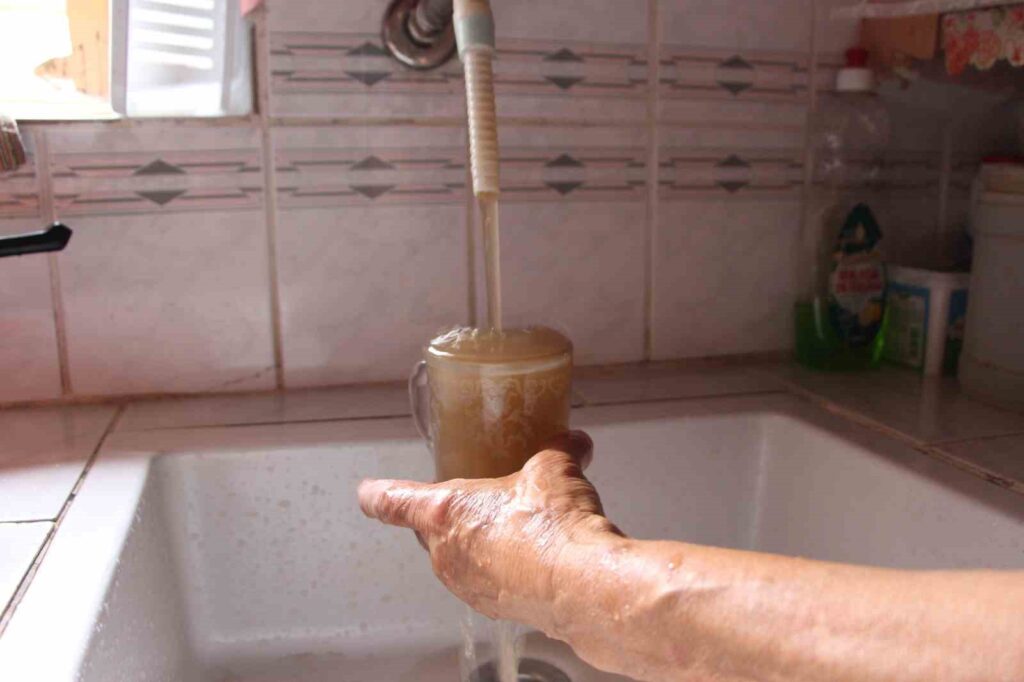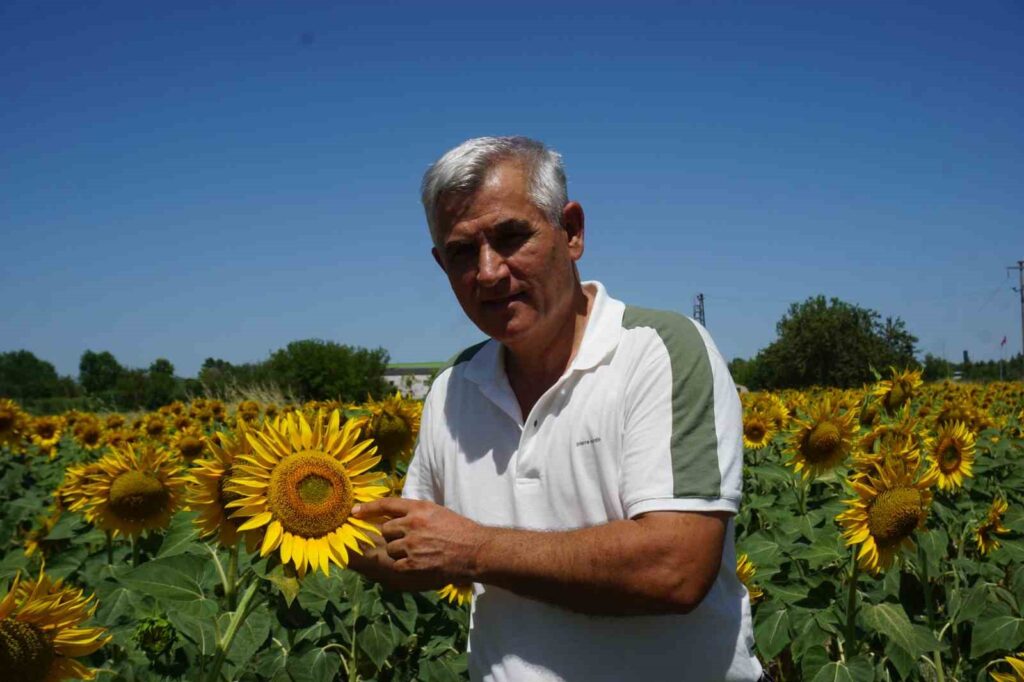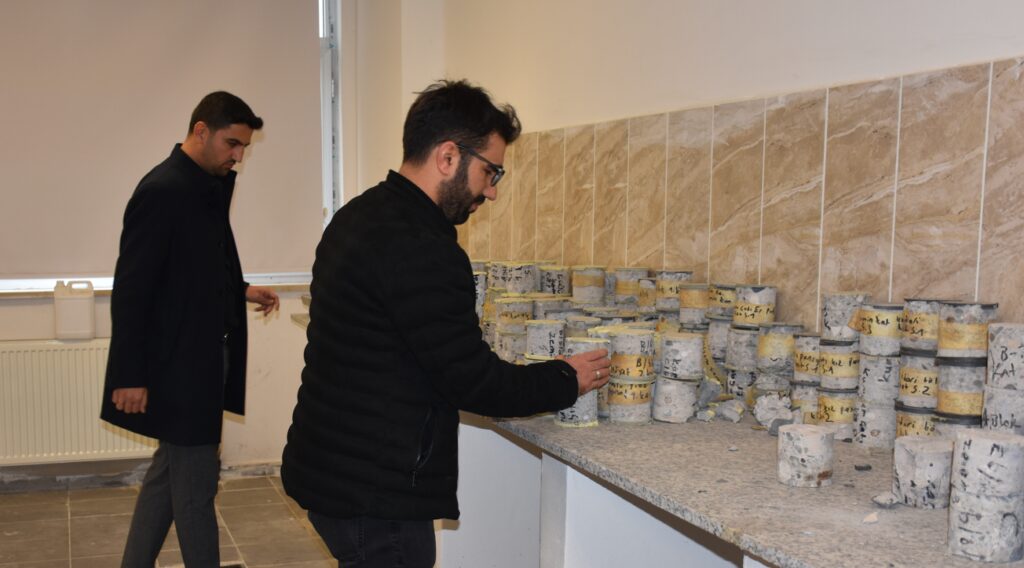Production of Samurai wasps has increased for the brown marmorated stink bug pest in Turkey.
In the Black Sea Region, the production of the Samurai wasp, released into nature as part of the fight against the brown marmorated stink bug, which causes significant damage to agricultural products, especially hazelnuts, has been increased. İsa Kaplan, the Director of Agriculture and Forestry in Trabzon Province, stated that the Black Sea …

Efforts to combat the brown marmorated stink bug, which causes significant damage to agricultural products, especially hazelnuts, in the Black Sea Region, have increased the production of the Samurai wasp released into nature. İsa Kaplan, the Director of the Trabzon Provincial Directorate of Agriculture and Forestry, stated that the production of the Samurai wasp has begun in many laboratories, including the Black Sea Agricultural Research Institute.
The Trabzon Provincial Directorate of Agriculture and Forestry and the Trabzon Metropolitan Municipality met with producers regarding the biosidal fight against the brown marmorated stink bug and the agricultural production planning carried out throughout Turkey under the Ministry’s program. İsa Kaplan, the Director of the Trabzon Provincial Directorate of Agriculture and Forestry, and Bülent Sağır, the Head of Agricultural Services Department of Trabzon Metropolitan Municipality, provided information about the efforts against the brown marmorated stink bug during a meeting with producers in front of Kılıçtepe Mosque in the Yomra district.
İsa Kaplan, the Provincial Director of Agriculture and Forestry, noted that the brown marmorated stink bug entered Turkey in 2017. “Our fight is still ongoing. Is it easy to get rid of this brown marmorated stink bug? Let me be clear: it is not easy. But it is possible to suppress it. It is possible to reduce the damage from the brown marmorated stink bug in our fields. Over time, it is also possible to eradicate it. This is not a situation where we can completely eliminate it by just using pesticides. This pest, which entered America in 1994, is still a threat 30 years later in 2024. But what is our advantage? We benefit from their experiences or inexperience. As a country, we know the mistakes they made. We will fight this pest without falling into the mistakes they made. The biggest part of our struggle is the wintering fight. I am honored and proud to be the director in Trabzon and to work here. Everyone has cooperated with me. We have put in a great effort to eliminate the brown marmorated stink bug that comes to wintering places on its own. We will set up pheromone traps again when they come out of wintering. We will also eliminate those that come out using the lure-kill method. In this regard, we have currently acquired 1,500 pheromone traps. The metropolitan municipality has acquired 2,600 traps, which is much more than us. This is one of the most important fights,” he said.
“The Samurai wasp cannot multiply in areas without stink bugs”
Kaplan mentioned the importance of the Samurai wasp in biological control, saying, “First of all, the Samurai wasp does not resemble the large wasps we know; it is a small wasp, smaller than a mosquito. Its name is a wasp. It does not harm any honey bees or any living beings. The unique feature of this wasp is this: I mentioned the inexperience of America; this wasp follows the stink bug wherever it goes after 10 years for the first time. This wasp cannot multiply in areas without stink bugs. It follows them after 15 or 20 years. The stink bug arrived in America in 1994, and the Samurai wasp came in 2010. They waited for 16 years. But we have learned from this experience. We produced this wasp ourselves and immediately released it into nature. We did not wait for the wasp to come here through natural means. Another point is that Italy was able to produce 120,000 Samurai wasps in 8 industries, 12 laboratories, and 20 centers. We produced 150,000 just in the Black Sea Research Institute. We have made such a strong effort. I would like to share another piece of good news from here. Last week, our Deputy Director General of Food Control was a guest here. Not only the Black Sea Research Institute but also many of our laboratories have begun to produce this wasp. In other words, we will produce the wasp abundantly and release it into nature in abundance. What does this wasp do? The brown marmorated stink bug enters the egg mass. It lays its own eggs. By preventing the brown marmorated stink bug’s offspring from hatching, it hatches its own offspring and eradicates the brown marmorated stink bug’s lineage. The only harm it does in nature is this, which is a very positive harm for us. This is a very important matter for us. Friends, we will continue to fight together against the Samurai wasp, the wintering struggle, and the agricultural struggle,” he stated.
“If we show a total struggle, we will have reduced the population”
Bülent Sağır, the Head of Agricultural Services Department of Trabzon Metropolitan Municipality, stated in his speech that the fight has many stages, saying, “In line with the instructions of our Metropolitan Mayor regarding this matter, we have all joined this fight in unity. In the first phase of this fight, the provincial agricultural directorate placed 600 pheromone traps in 9 districts of our province. We personally carried out the spraying of the pheromone traps using our own personnel. Following this, we have moved to a stage of destruction in the buildings we refer to as wintering places, such as roofs, through biosidal spraying. It may not be possible to resolve this issue overnight. However, with determination and in unity with all parties involved, we expect support from our citizens on this matter. Our citizens can make an effort in terms of mechanical struggle. In this way, if we display a total struggle in a mobilization spirit, we will have reduced the population. As we have recently heard in the public, we will also have prevented a certain degree of decrease in both yield and production in hazelnuts.”







